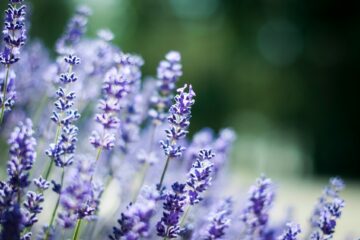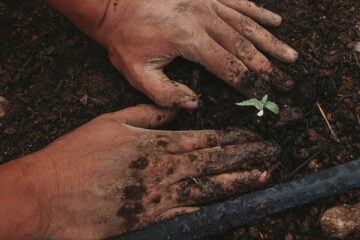Growing your own shrubs and trees can be a fun, rewarding experience. But if you don’t care for them properly, they won’t last long. Here are my top 5 tips for keeping your shrubs and trees healthy:
1. Prune
Pruning is an important part of the maintenance of shrubs and trees. It helps you control the size of your shrub or tree and also shapes it, so that it looks its best. Pruning also helps avoid disease and pests by removing dead wood that can harbor insects or diseases.
The best time to prune depends on what type of plant you have. Some plants need to be pruned in spring when they begin growth for the season, while others do better if you cut back after they flower in summer or fall (or even winter). You’ll want to refer back to our article “How To Know When To Prune Your Shrubs” for more specific information about when each type should be pruned!
2. Fertilise your shrubs and trees
Fertilising your shrubs and trees is an important part of their health. It helps them grow healthy, vibrant leaves and keeps them from getting sick or dying.
- Fertilise in the spring, summer and fall
You should fertilise your shrubs at least once a year–and preferably more often than that if you want them to be healthy and strong. The best time for fertilising is after the last frost of spring (when it’s warm enough for plants to grow), but before growth slows down in summer.
- Use a balanced fertilizer
You’ll need to find out what kind of soil your tree has before purchasing any kind of fertiliser; not all types work well together! When choosing between organic vs nonorganic options for this purpose: choose whichever one suits your needs best because both have advantages over each other depending on what type of application process they require
3. Maintain the soil around your shrubs and trees.
Soil tests are important. Soil testing can show you what nutrients are missing in your soil, if the pH is too alkaline or acidic, and whether there are weeds or pests in the soil.
To get an accurate assessment of what’s going on with your shrubs and trees’ roots, it’s best to have them tested by a professional.
4. Watering and drought-proofing plants and trees
- Drought-proofing is important for shrubs and trees, so take the time to make sure your plants are well-hydrated.
- In warm weather (especially during summer), water your shrubs and trees every few days. You’ll want to water them more often if they’re in containers, as these tend to dry out faster than their outdoor counterparts.
- As soon as you see signs of frost or snow on the ground (or even just a cold snap) stop all watering until springtime arrives again!
5. Mulch around your shrubs and trees to keep them healthy and looking good.
Mulch is an essential part of your landscaping, and it should be applied to all of your shrubs and trees. Mulch helps retain moisture in the soil, preventing water loss and keeping plants healthy. It also helps prevent weeds from growing near your shrubs, which saves time and money spent on weeding in the future! In addition to these benefits, mulch can be used as a decorative element itself: by covering up dead or dying leaves with beautiful new ones (or even gravel), you can create an eye-pleasing contrast that will draw attention away from any other flaws in your yard’s design
Don’t let your shrubs and trees suffer from neglect!
Don’t let your shrubs and trees suffer from neglect! Pruning, fertilizing, watering and mulching are essential to keeping them healthy and looking good. You can do it yourself or hire a professional–either way it’s worth the effort.
The best way to keep your shrubs and trees healthy is by taking care of them. It’s a lot easier than you might think, and can save you a lot of time and money in the long run. Whether it’s pruning, fertilizing or mulching–or all three!–these tips will help turn your garden into an oasis of beautiful plants that will last for years to come.
Keep on top of your gardening with our free online journal
Our free online tool allows you to organise your ideas and garden plans and help you be as efficient as possible in the garden.
Sign up now

